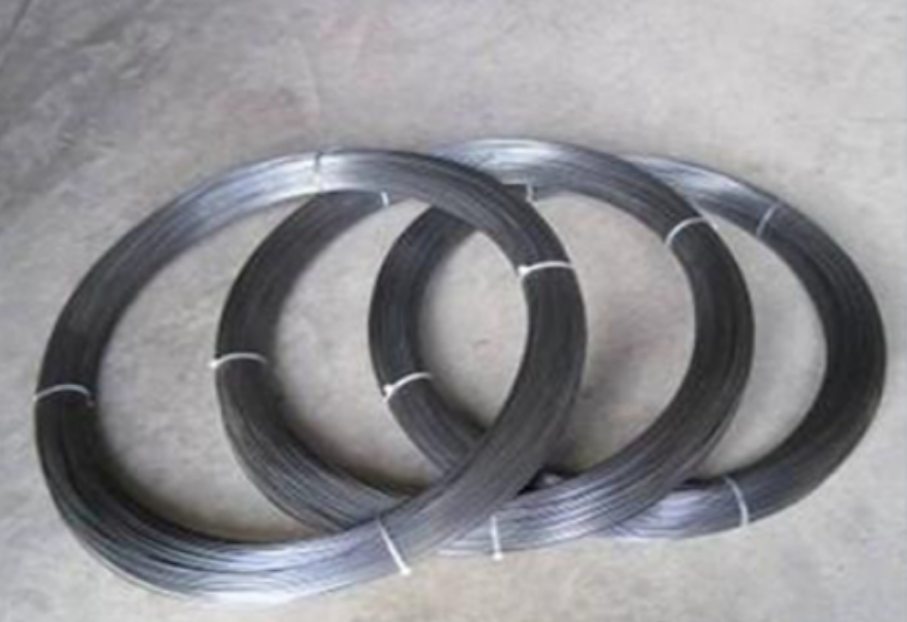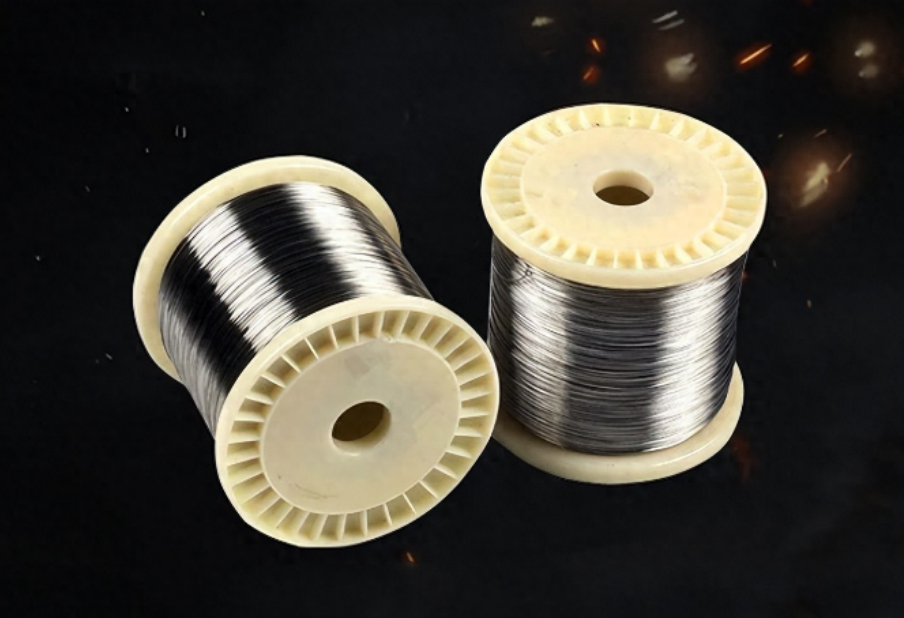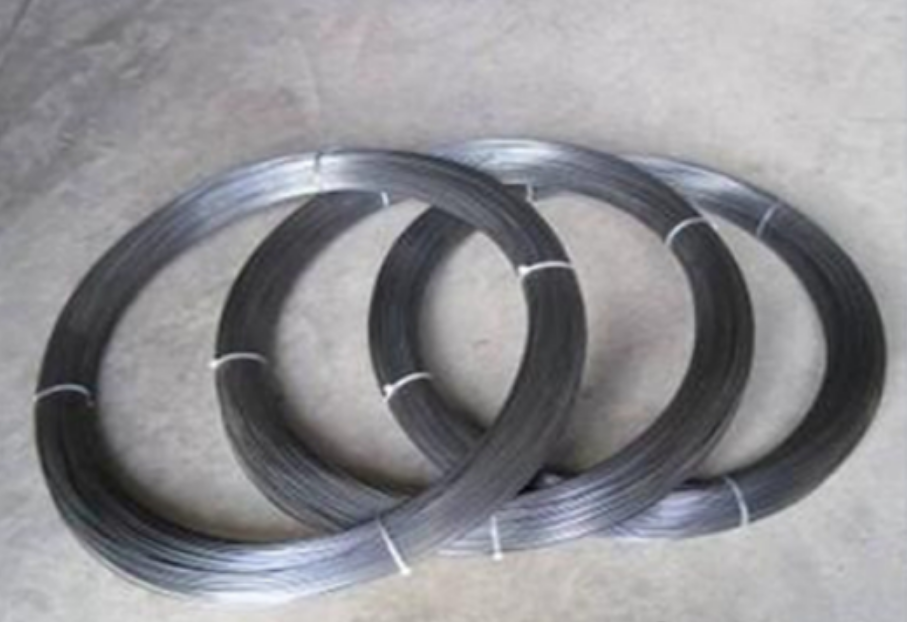

Titanium wire has made a significant impact in industry and daily life, not only due to its excellent performance, but also thanks to the enhancement provided by various surface treatment technologies. These surface treatment technologies are like tailor-made “armor” for titanium wire, enabling it to maximize its value in different fields.
The most common treatment method is anodizing. This technology uses an electrolytic process to create a dense layer of titanium dioxide oxide film on the surface of the titanium wire. This oxide film is no ordinary coating—it not only significantly enhances the corrosion resistance of the titanium wire but also utilizes the principle of light interference to give the titanium wire a vibrant appearance in colors such as gold and blue. As a result, titanium wire not only excels in functionality but also boasts a unique aesthetic appeal, transforming into a favorite in the fashion industry and widely applied in various fashion accessories and designs.
When faced with extreme environmental demands, micro-arc oxidation technology comes into play, serving as a powerful tool to enhance the “performance” of titanium wires. This process utilizes high-voltage discharge to grow a ceramic-like oxide layer on the surface of the titanium wire in situ. This oxide layer exhibits extremely high hardness, exceeding that of conventional titanium materials by more than five times, significantly improving the wire’s wear resistance and damage tolerance. Even more remarkable is that when calcium and phosphorus elements are added to the electrolyte, titanium wires treated with micro-arc oxidation can form chemical bonds with bones when implanted into the human body. This unique bonding mechanism significantly improves the long-term stability of orthopedic implants, offering new solutions for the medical field.
In the medical field, people use a combination of sandblasting and acid washing to treat titanium wire based on its application characteristics. Sandblasting effectively removes microscopic scratches from the surface of titanium wire, making it smoother; acid washing further refines the surface, creating a uniform roughness. This uniform roughness is highly conducive to cell adhesion, promoting cell growth and proliferation on the surface of titanium wire, thereby providing a solid foundation for its biocompatibility in applications such as medical implants.
In the electronics industry, laser texturing technology has demonstrated unique advantages. This technology uses micron-level precision to engrave a honeycomb structure at the contact points of titanium wires. This intricate structural design ensures the electrical conductivity reliability of titanium wires in electronic devices while avoiding stress concentration issues caused by traditional mechanical processing, thereby enhancing the stability and reliability of titanium wires in electronic applications.
Each surface treatment technology is tailored to the “working environment” of titanium wire. They enhance the performance of titanium wire from different angles, enabling it to deliver maximum value in a wide range of fields, including industrial manufacturing, fashion design, medical implants, and the electronics industry, and making it one of the key materials driving the development of these industries.

